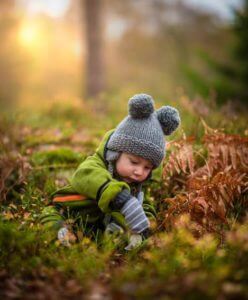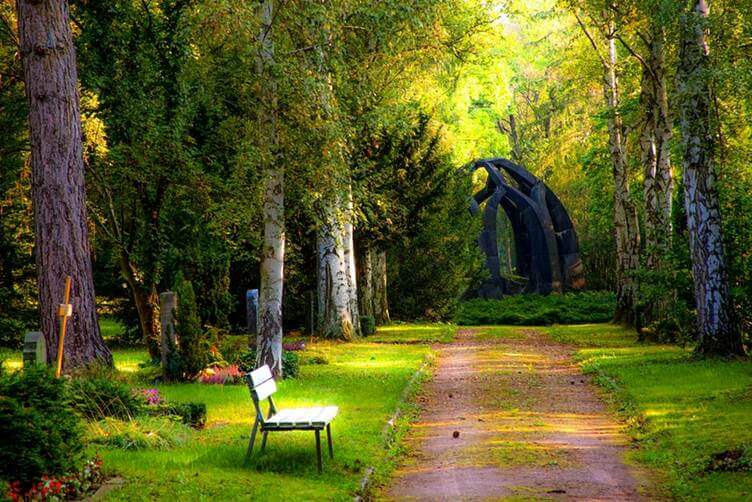Blog
Nature and Mental Wellbeing – Part 1 Setting a Context
Hello everyone!
Welcome back to the Avenue Therapies Ltd blog. A project set up by the UK Wildlife Trust called 30 days of wild (link at the bottom of this post) was this inspiration for this series. I think it’s a lovely project that aims to support people at home, school and work to be more in touch with nature and reap the benefits that this might offer.
We’re all different
How we approach the outdoors and the natural world more generally varies a lot. Nature is a significant part of some of our lives and yet for others it is less important. Some people feel very connected with nature and the outdoors, others not so much. Some like the sand between their toes, others a comfy pair of slippers! No judgements here! It’s also interesting how our connection can change. It can also depend on the demands put upon us, social conventions and age; we are used to seeing children jumping in muddy puddles or being fascinated by a wood louse – not so much for adults.

A disconnect or a change in connection?
Many have argued that the connection the general population has with nature is pretty small and has been decreasing. There are many reasons for this. One of these dates back to the 1760s with the start of the industrial revolution. The transport of people and goods massively reduced its reliance on animals, farming required less and less engagement with the natural world as it became mechanised. People moved from small, close nit agricultural communities to large urban cities. In addition, the focus of society moved from subsistence and getting by to generating wealth and affluence. As it did, it improved the living standards of many and brought significant technological, scientific and medical advances, but it also moved many of us away from the surrounding environment.
This pattern can be seen to have continued with the relatively recent technological revolution. We spend more and more time in offices, on computers and mobile phones. We spend longer and longer hours at work, sitting down at desks or in meetings and take fewer breaks. Towns and cities have also continued to grow, resulting in urban populations that are many times larger than their rural counterparts globally. We even have apps on our phones to record indoor workouts so we don’t have to worry about going outside. All this impacts on the time, inclination and opportunity that many of us have to engage with the natural world.
So, there is this strong narrative in the media, and perhaps in our culture more generally, that we are becoming less and less connected with the natural world. However, in some ways people do seem to be becoming more connected both directly but also via the media (for example through the BBC documentary Blue Planet 2). There are large drives to reduce plastic use, water and power wastage and dietary changes. I have also noticed a little discussion in the media, and elsewhere, about the importance of nature and the outdoors on our psychological well-being. We have also seen that research has started to indicate that being around nature and the outdoors can have significant effects on our well-being and I’ll talk a bit more about this in the next blog.
Different types of connection
It’s also worth bearing in mind that the connections we have with nature can vary a lot. One is not better than another, we experience and connect with nature in SO many different ways, for example:
Caring for pot plants in our homes
Watching squirrels in our local park
Swimming in the sea
Participating in wildlife surveys
Watching birds care for their young via webcam
Looking at wildflowers in roadside verges
Climbing mountains or moorlands
Rockpooling by the seaside
Foraging for ‘wild foods’
Going for a walk, run or cycle in an outdoor space
Taking a lunch break in a park
Going to a nature reserve
Cutting down on disposable waste
Helping with a street or beech clean
Planting a tree or plant
Spending time in an allotment
Building bird or insect boxes
Learning to identify animals we see on a daily basis
Volunteering at a local natural charity
Talking to other people about the outdoors
Pause for Thought
If you think about the list above, what are the things that you most connect with? How often do you do those things? When you are doing those activities, what impact does it have on you and your mental well-being?

Nature and Mental Health Blog
This series aims to think about how nature and being outdoors connects with, and influences, our mental well-being. I will also aim to summarise some of the research around how nature can impact on our mental well-being and introduce the concept of ‘Ecotherapy’. I’ll think about how we can all get more involved in this kind of activity and how we might overcome some of the barriers. Finally, I’ll briefly think about what types of programmes there are out there to get involved in.
I hope that all sounds interesting. If you feel worried about any of the information here, you can have a look at our resources page for contacts which might be helpful.
See you next week for the next instalment.
Pete
